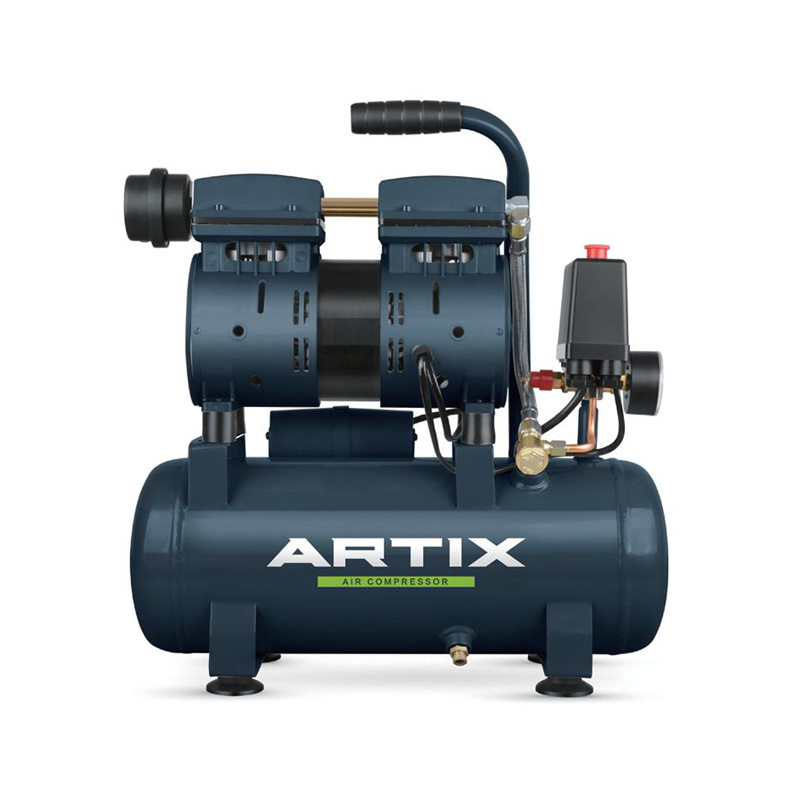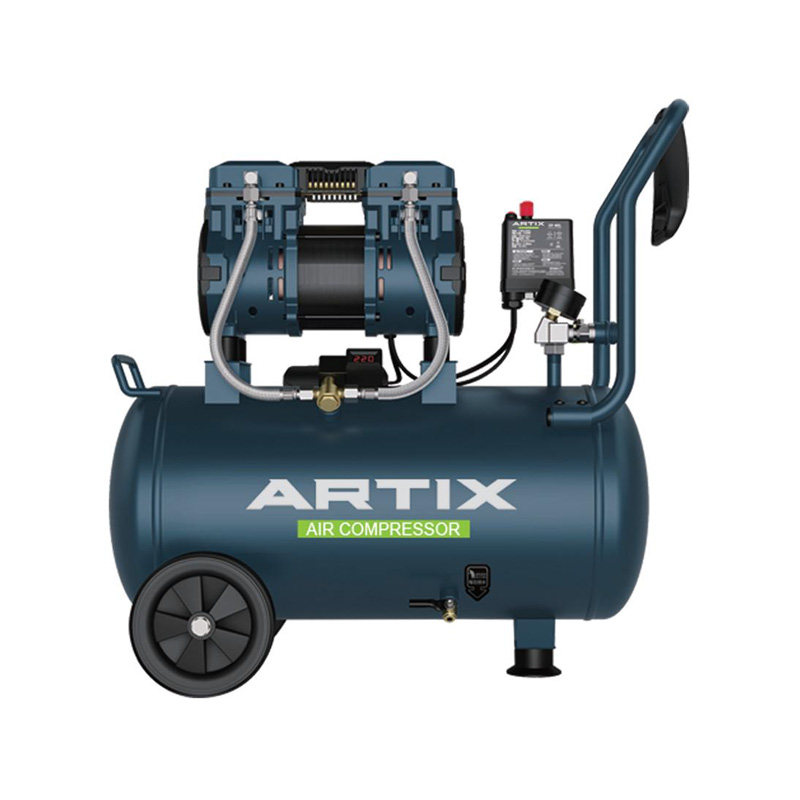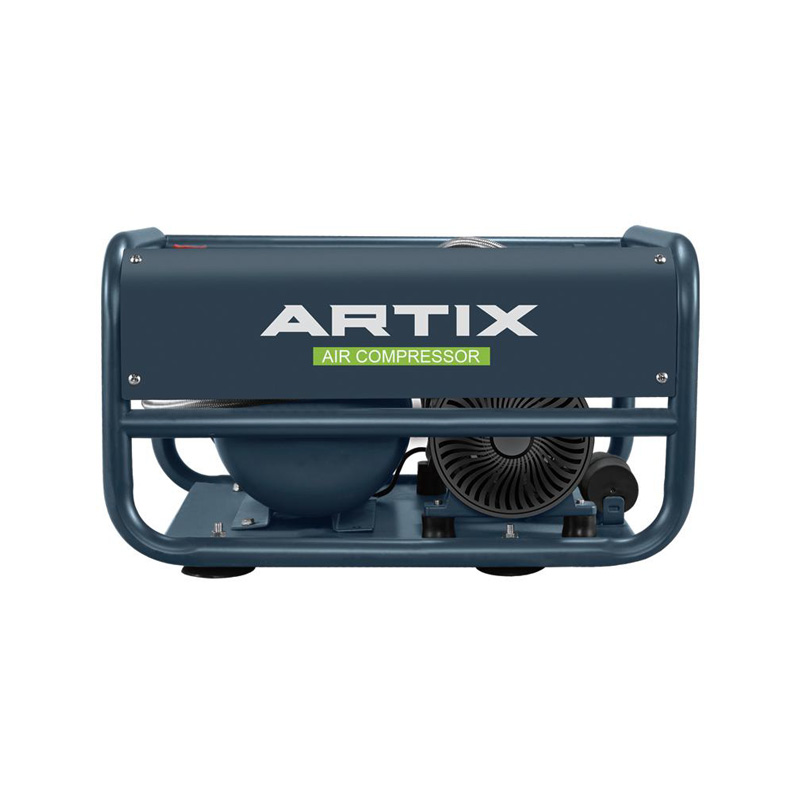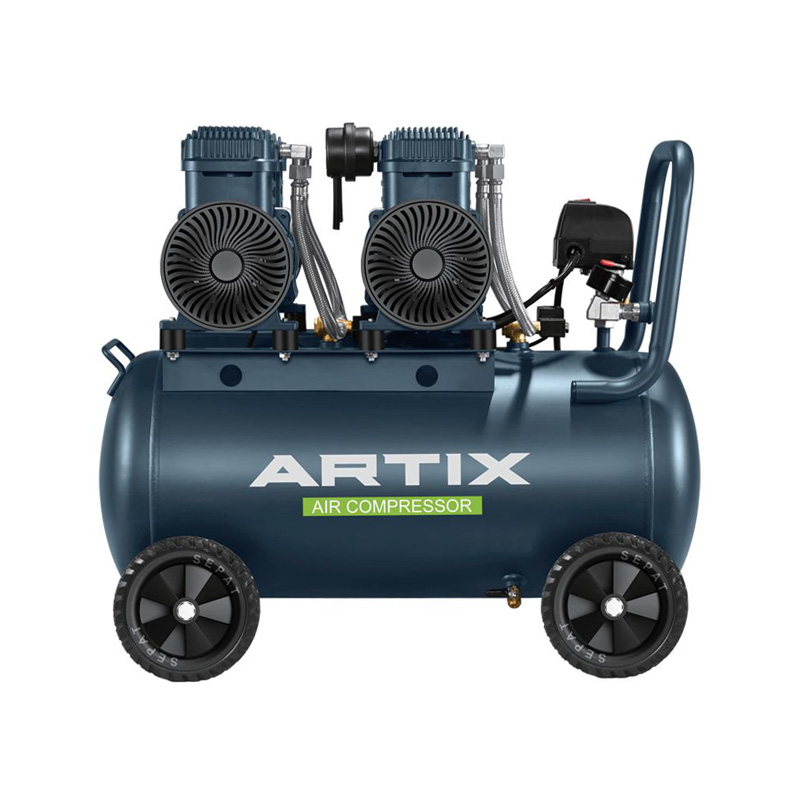Selecting the right air compressor for your business or workshop can be a challenging decision, particularly when trying to balance power, efficiency, and durability with budget constraints. Whether you’re considering a 6L air compressor for compact tasks or a standard industrial air compressor for larger applications, understanding the essential factors to consider will guide you toward an ideal solution for your needs. In this article, we will explore the main considerations to help make an informed decision.
1. Determine Your Specific Application Needs
The advanced step in choosing an air compressor is to clearly define the intended use. For light-duty applications, a smaller model, such as a 6L air compressor, might be sufficient. These compact compressors are typically used for quick, short bursts of air to handle tasks like inflating tires or powering small pneumatic tools. However, if your needs extend to powering multiple air tools or operating continuously for extended periods, a standard industrial air compressor may be necessary. Industrial compressors are designed to handle higher workloads and provide consistent air pressure over longer durations, making them suitable for larger-scale operations in manufacturing or automotive workshops.
2. Consider the Power Requirements
Power requirements for air compressors vary widely, depending on the size and capacity of the unit. Smaller compressors, like a 6L air compressor, often operate on standard 120-volt outlets, which makes them easy to use in more locations. On the other hand, standard industrial air compressors, which support heavy-duty applications, may require 240 volts or more. Before purchasing an industrial model, ensure that your facility has the necessary power infrastructure to support it.
3. Evaluate Compressor Type: Oil-Free vs. Oil-Lubricated
Air compressors generally fall into two categories: oil-free and oil-lubricated. Each type has its advantages depending on the application:
- Oil-Free Compressors: These are ideal for applications requiring clean air, such as food processing, medical equipment, and certain painting tasks. Oil-free compressors are typically easier to maintain, as they don’t require regular oil changes. Many 6L air compressors are oil-free, making them convenient for light use and simple to operate.
- Oil-Lubricated Compressors: These compressors tend to have a longer lifespan and are better suited for heavy-duty, continuous operations, making them common in standard industrial air compressors. Oil-lubricated compressors require regular oil maintenance but are more durable and efficient for extensive workloads.
The choice between these types will largely depend on the specific requirements of your applications.
4. Air Compressor Size and Portability
The physical size and portability of an air compressor should also be taken into account, particularly if your work involves moving the compressor between job sites. A 6L air compressor is usually lightweight and compact, making it easy to transport and store. For industrial settings, however, where air compressors may be required to stay stationary and supply power to multiple tools, a larger, standard industrial air compressor may be more appropriate. These models are generally designed for permanent installation, and their weight and bulkiness often limit portability.
5. Pressure and Air Flow Needs: PSI and CFM Ratings
Air compressors are rated by two primary measures: PSI (pounds per square inch) and CFM (cubic feet per minute). The PSI rating determines the air pressure the compressor can achieve, while the CFM measures the airflow it can deliver. Different tools and applications have specific PSI and CFM requirements, so choosing a compressor that meets or exceeds these is essential.
For smaller tools and tasks, a 6L air compressor with a moderate PSI and lower CFM might be sufficient. However, industrial applications often need higher PSI and CFM ratings to accommodate multiple tools operating simultaneously. When considering a standard industrial air compressor, it’s wise to assess the combined CFM requirements of all tools that might be used at once to ensure the compressor can handle the load without performance issues.
6. Duty Cycle and Run Time
The duty cycle of an air compressor is the percentage of time the compressor can run continuously within a given period without risking overheating or wear. Smaller compressors like a 6L air compressor are often designed for intermittent use, meaning they may have a duty cycle of around 50%. For example, this would allow the compressor to operate for five minutes out of every ten minutes.
In contrast, standard industrial air compressors tend to have higher duty cycles, often reaching all in certain models, allowing for continuous operation over extended periods. For tasks requiring constant air pressure, such as assembly lines or industrial painting, a high-duty cycle compressor is a key consideration to avoid frequent downtime.
7. Noise Level
Air compressor noise levels can vary significantly between models. A 6L air compressor used in a workshop or home environment often operates at a lower decibel level, reducing disturbance. However, standard industrial air compressors, especially larger ones, can be quite loud, which may necessitate soundproofing solutions if the compressor is installed indoors or in a densely populated area. When assessing compressors, check the manufacturer’s decibel rating and determine if additional noise control measures may be required.
8. Maintenance and Longevity
Maintenance needs and compressor lifespan should be factored into the selection process. Oil-free compressors generally require less maintenance and are easier to manage, while oil-lubricated compressors demand regular servicing to maintain performance. For industries requiring frequent use of standard industrial air compressors, regular maintenance becomes an essential aspect of operation, as it ensures the compressor remains reliable and extends its lifespan. Understanding the maintenance commitments of each model will help in planning accordingly.
Choosing the right air compressor is a multifaceted decision that depends on various factors, from application requirements to power needs and maintenance preferences. By carefully evaluating the specific needs of your tasks and understanding the capabilities of both 6L air compressors and standard industrial air compressors, you can make a well-informed choice. Taking time to review these considerations will not only help you select a compressor that meets your requirements but also ensure long-term efficiency, reliability, and safety in your operations.





